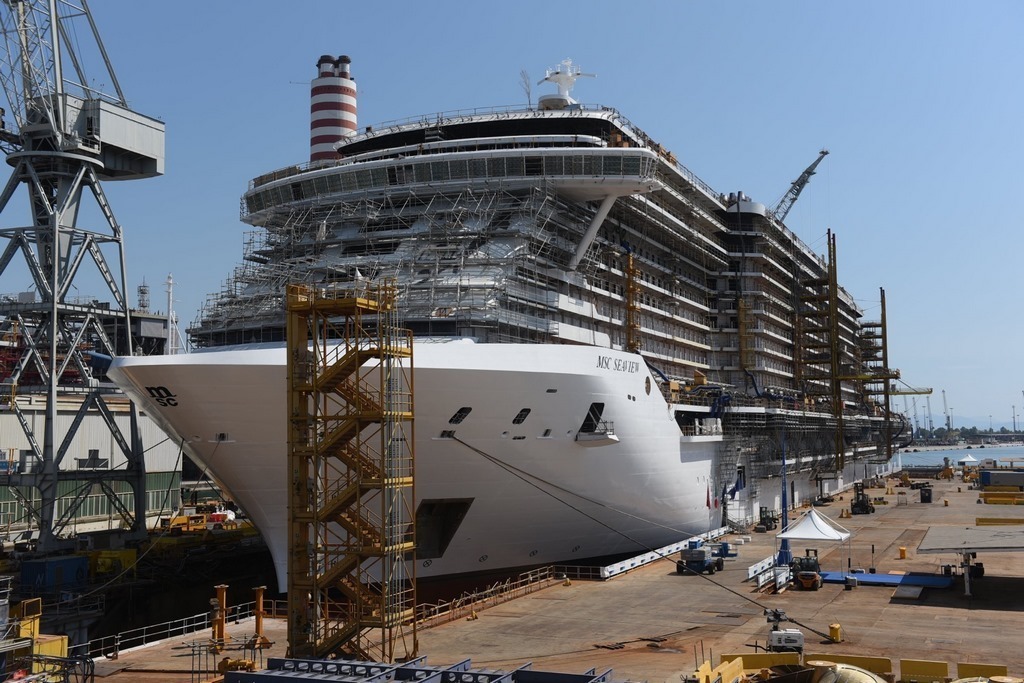With a record-setting cruise ship orderbook, new ships are announced through 2027, ranging from small 100-guest expedition vessels to 5,000-plus passenger megaships.
The future fleet will be more diversified than ever, according to Trevor Young, vice president for newbuildings and refurbishment at MSC Cruises.
“We are already investing in that at MSC, with our four new luxury vessels ordered last year,” he said, speaking at a recent industry event.
MSC is also building ships at the other end of the scale, over 200,000 tons.
Refurbishment projects are also growing in scale, as John Gunner, vice president of expansion projects at Windstar, pointed out.

Gunner is overseeing the line’s $250 million ship stretch initiative, adding new mid sections to the company’s three Star-class ships, with 50 new cabins each going into each vessel.
“We are adding more restaurants, a better spa and those kinds of things that are trending now,” he said.
On the other hand, Yang Guobing, managing director at CSSC Cruise Technology Co., Ltd. (CCTD), believes that size doesn’t matter.
“What is actually important is the passenger experience”, he said. “Still, it is necessary to also take into consideration the different kinds of passengers when we talk about this experience, including the different nationalities and niches that cruise.”
Other than size and the onboard experience, the other factor that will play a relevant hole in the future is the sustainability, said Roger Holm, president of marine and executive vice president at Wartsila.
“It will become a more relevant matter from the consumer point of view,” he said.
“We work with many sectors and with cruises we see more technology coming in for fuel savings, which is the key item to be discussed,” Holm continued.
Another relevant point related to sustainability is ship size.
“A smaller ship has a smaller footprint, but a bigger ship is more environmentally friendly on an average passenger basis,” said Markus Aarnio, chairman of Foreship, a naval architecture and engineering company.




